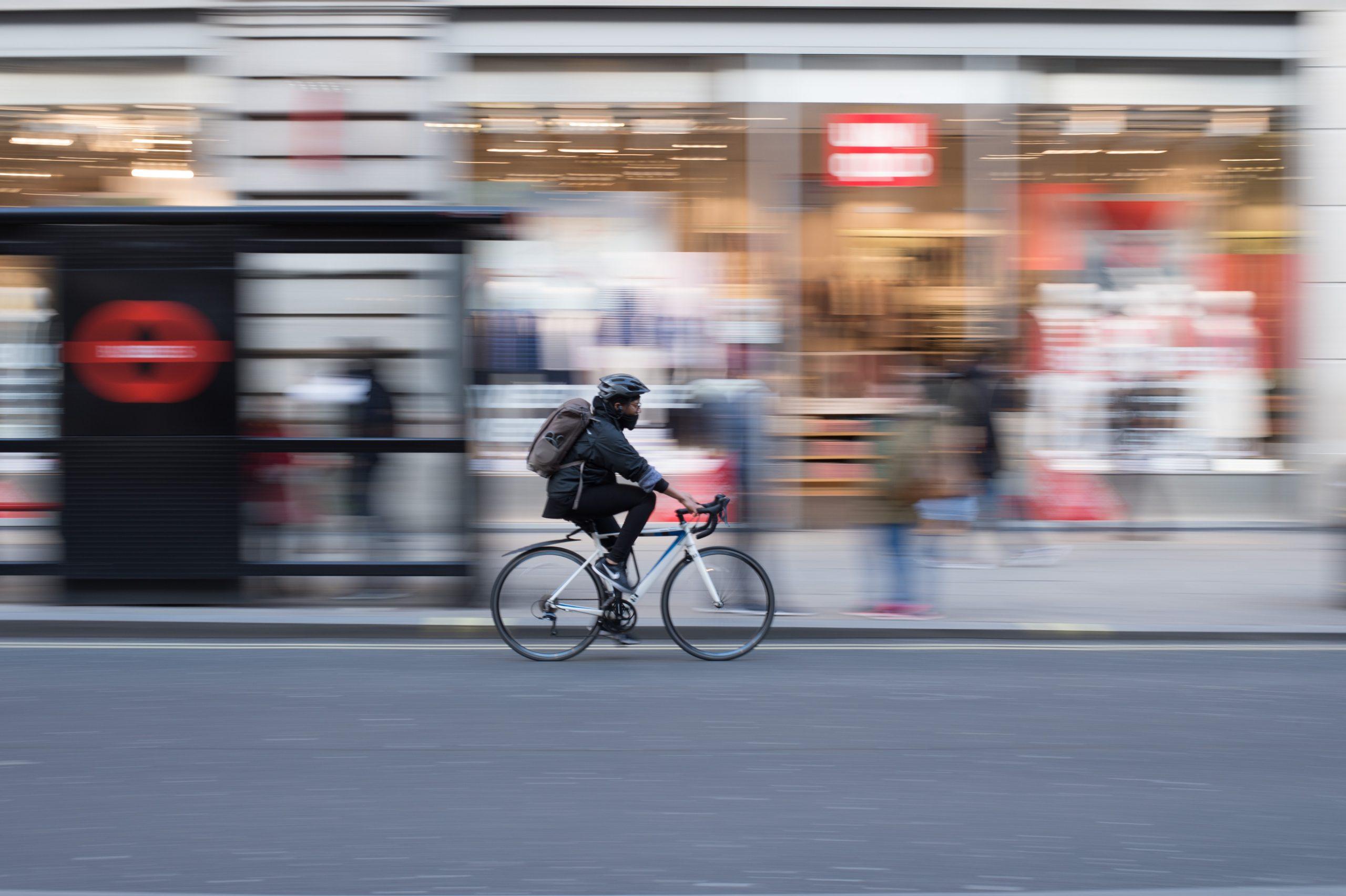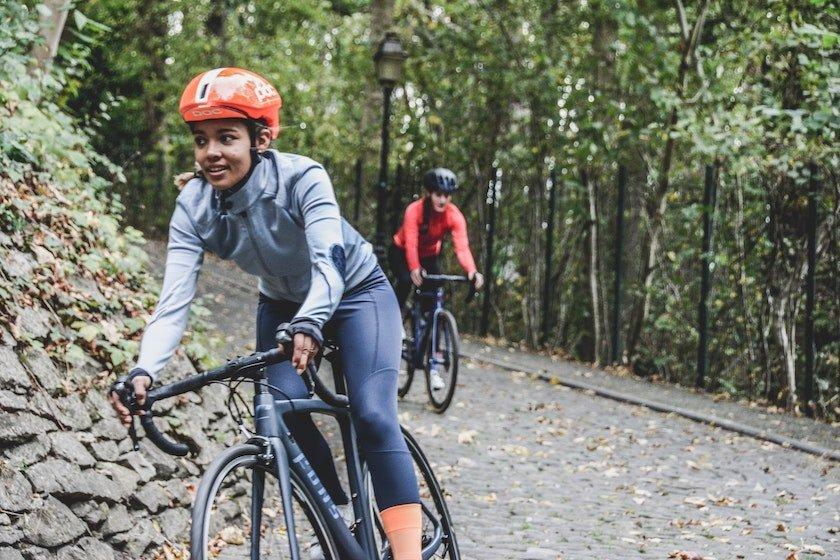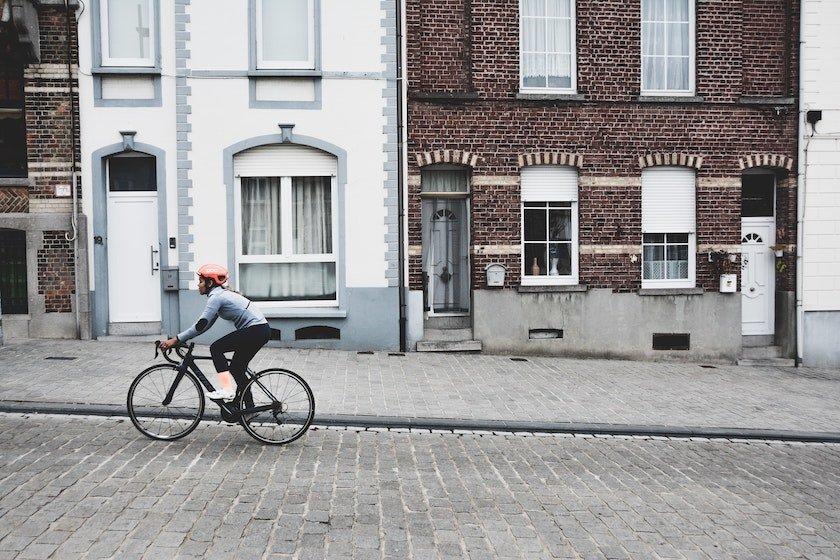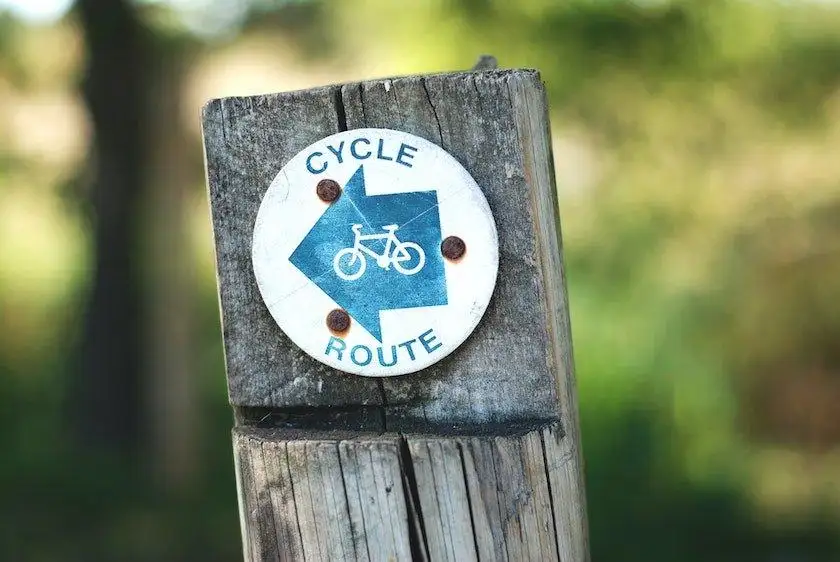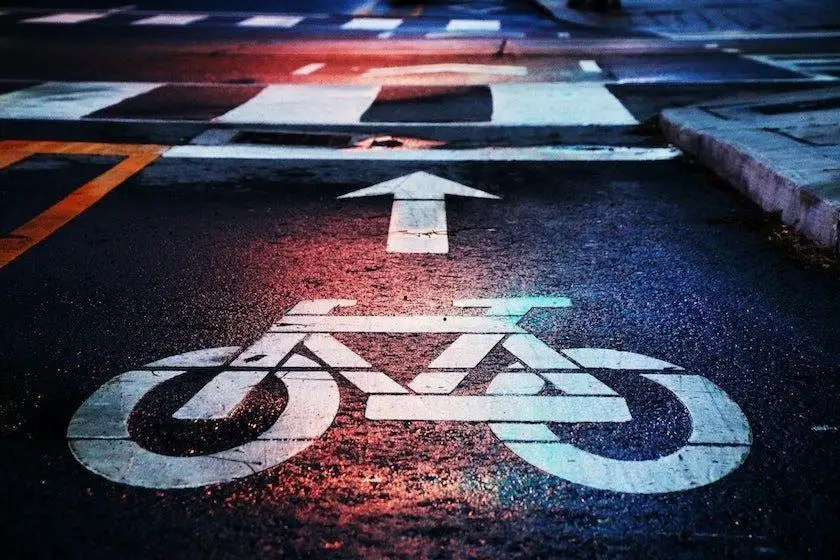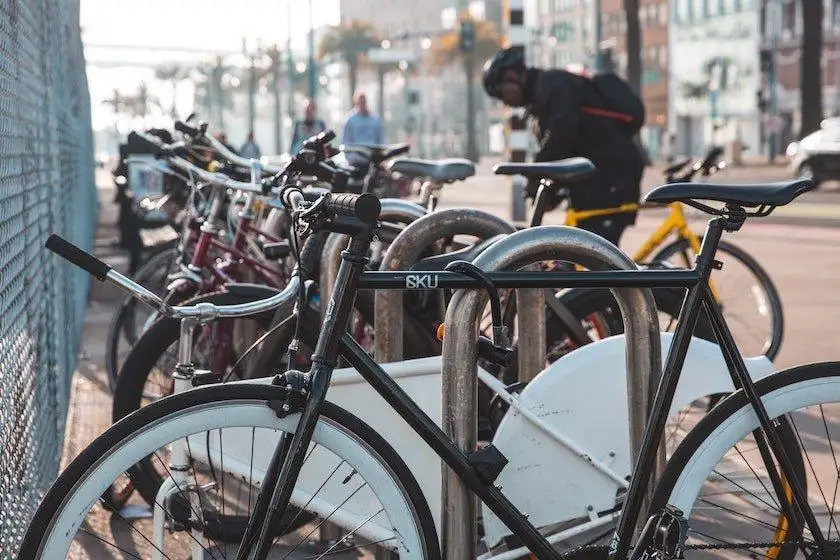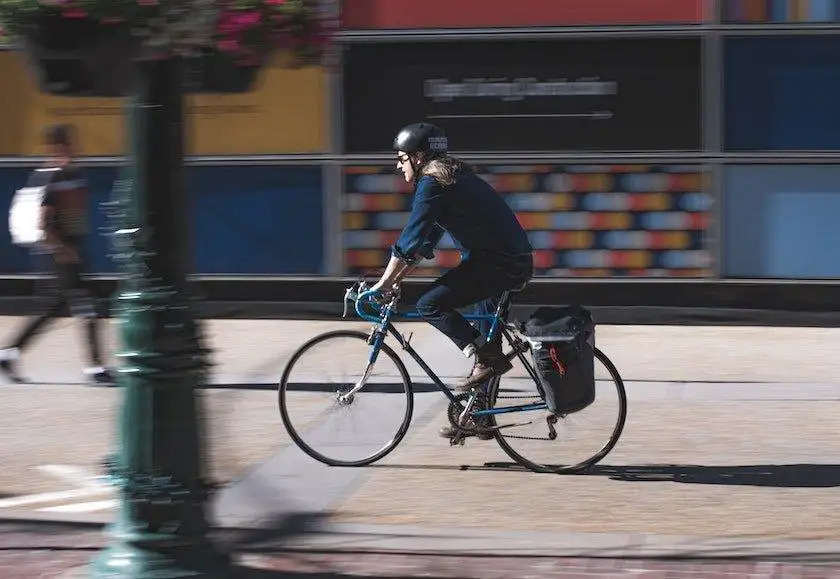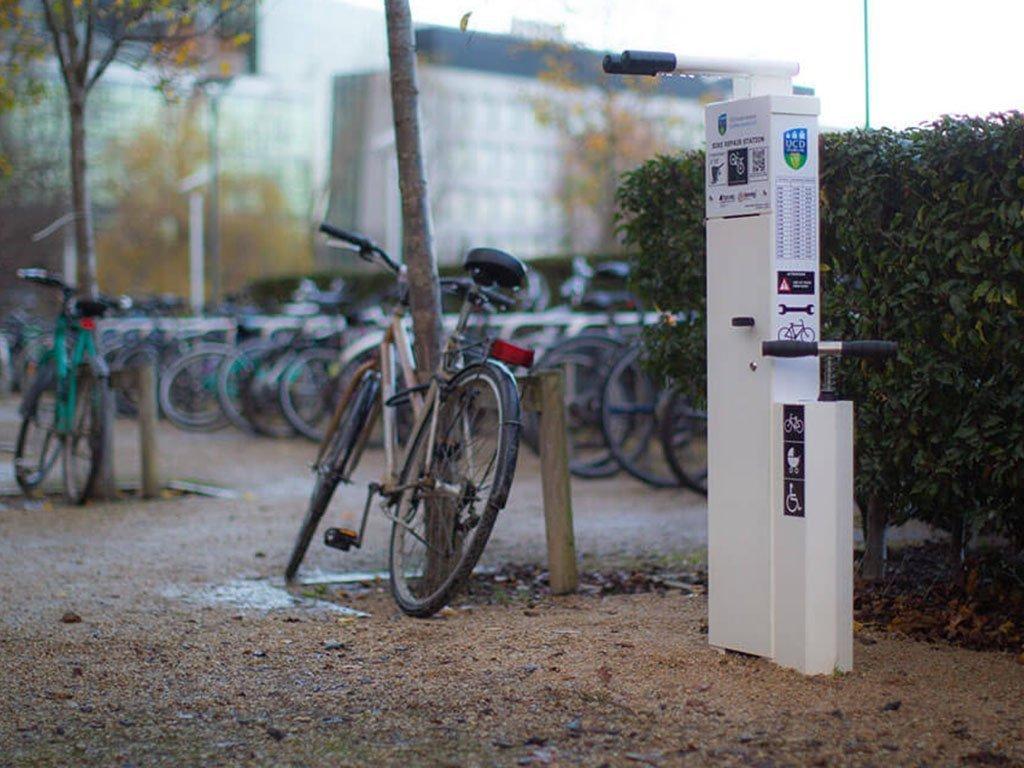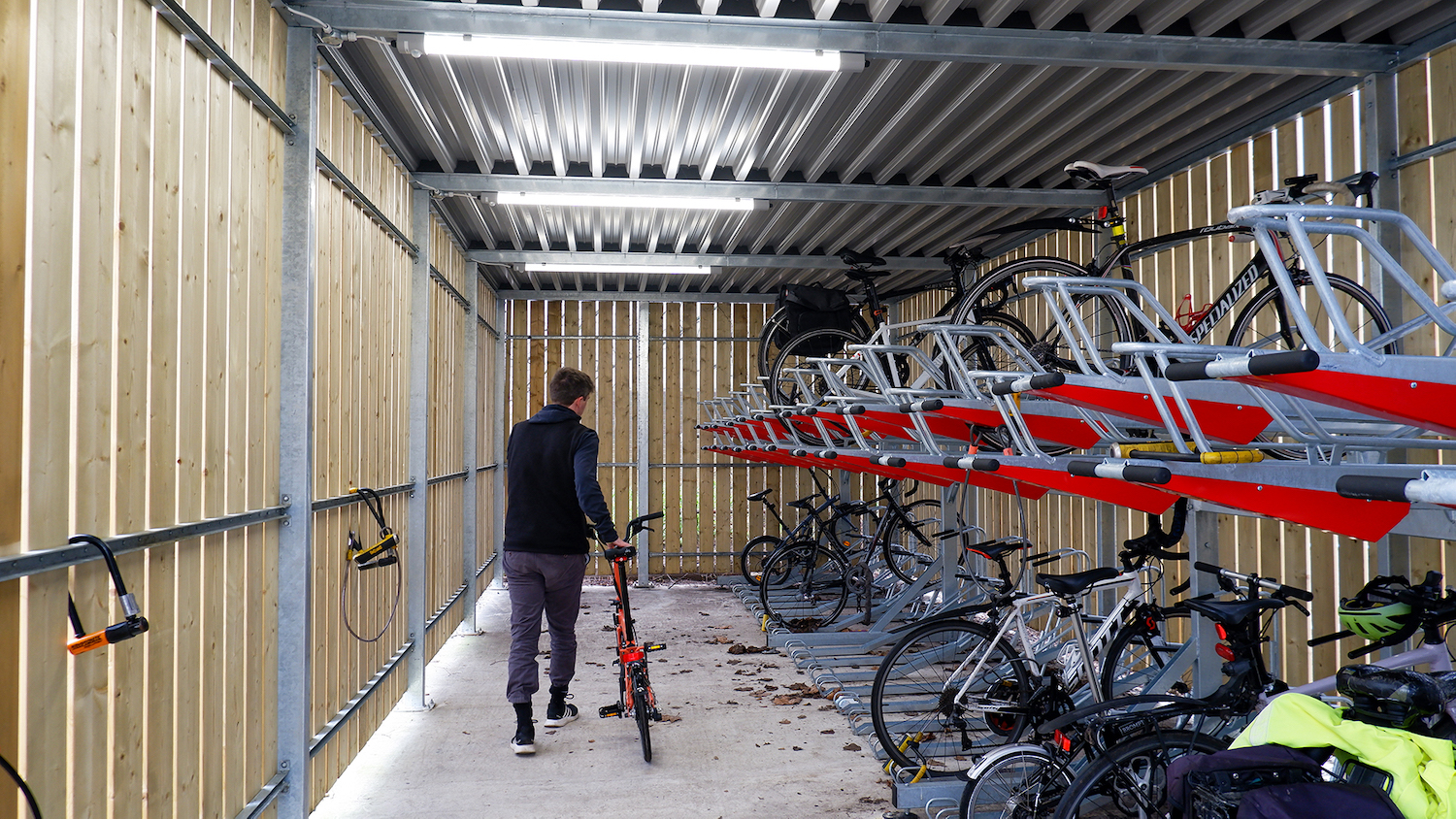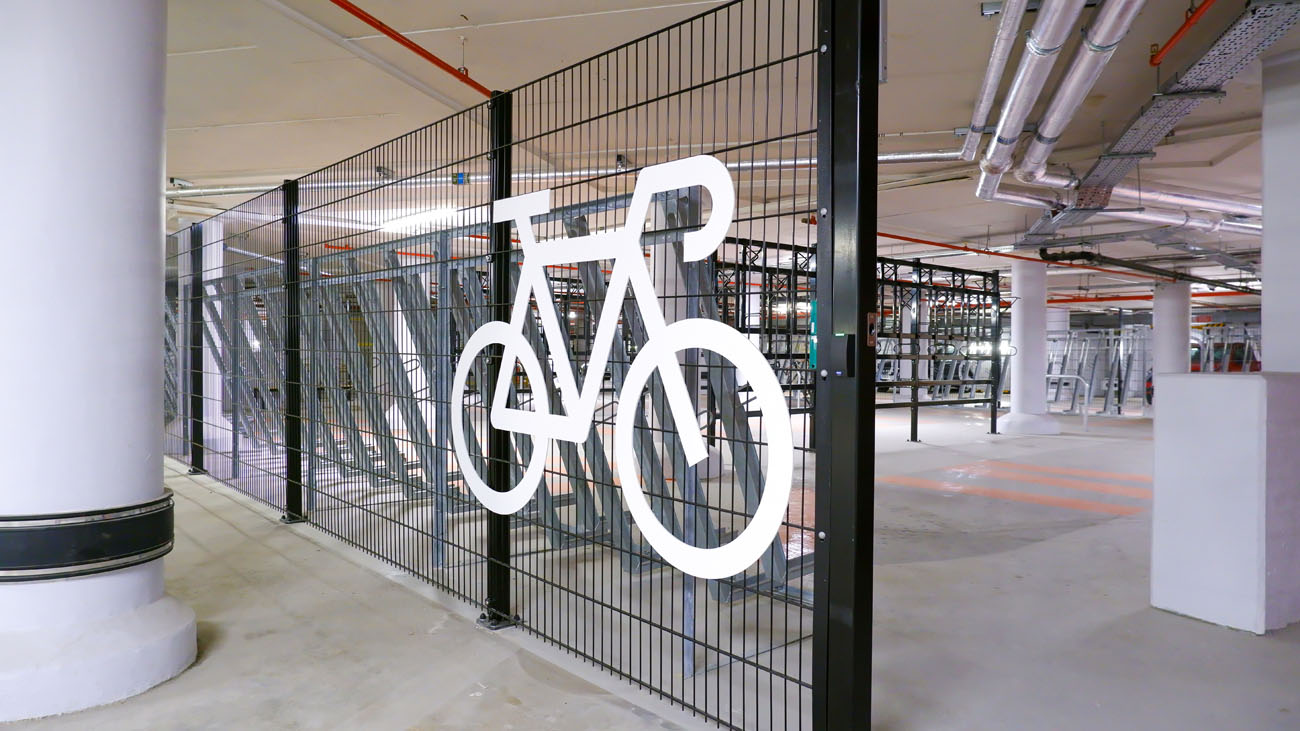Jeans? Suit? Dress? Hi-viz? Lycra?
Cycling to work or university can throw up a lot of questions for you and your wardrobe, but getting it right will make a big difference to how you feel.
Making sure you’re comfortable and safe on your bike, while still feeling fresh at your destination can all be achieved with the right choice of clothing.
As Alfred Wainwright once said, “There’s no such thing as bad weather, just bad clothes”.
Being comfortable on the bike, whatever the weather
Staying comfortable while riding your work depends largely upon one external factor: the weather. Here in the UK, while you can assume it’s unlikely to snow, you can certainly count on rain – even at the very height of summer.
A typical Summer’s day is the easiest season to plan for. It’s the best time of the year to cycle, and also the simplest on your wardrobe.
The key point to consider is keeping your body well ventilated. Breathable and lightweight clothing lets your skin breathe and wick away moisture.
For Spring and Autumn, you want to think about layering. The weather is likely to be more unpredictable, meaning you can quickly find yourself too hot, or too cold.
The best solution is layering. Meaning you can quickly adjust by adding or subtracting items of clothing along your way.
When Winter arrives, it’s time to think about staying warm. Wind chill is something you’ll feel sharply, so make sure you keep your extremities covered.
Wear gloves, warm socks or shoe covers, a buff, and a cap or headband to keep your ears covered. An insulated jacket will keep your core warm, and providing it’s windproof, you won’t feel those cold mornings.
That being said, it’s important to avoid overheating. You’ll still be sweating, especially towards the end of your cycle, and when sweat then cools on your body, you’ll feel cold.
A good way to combat this is a base layer. Sitting close to the skin, it will help move sweat away from your skin, keeping you dry and comfortable.
Staying dry
To stay warm and comfortable on the bike, you need to stay dry. The best way? Good waterproof clothing.
If you’re going to make one investment for your commute, it’s a good waterproof jacket.
Look out for breathability, as otherwise you risk overheating. If it’s packable, there’s no reason not to take this with you on every commute (yes, even in Summer).
Sometimes it is unavoidable that you’ll get wet. To keep your clean clothes dry, consider a waterproof backpack, or a waterproof cover. This will ensure your laptop, or other expensive electronic equipment, stays dry, even if you end up soaked through.
The value of technical materials
